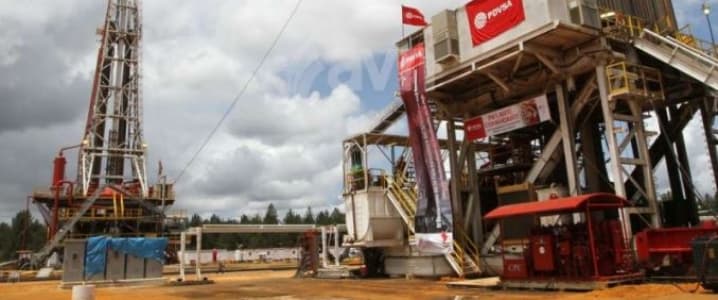In the midst of the shale boom in 2013, Texas added more than 19,000 new jobs in the oil and gas production sector, leading the U.S. job increase in the industry by a wide margin. But back then, global oil prices were stable all year around at US$100 and slightly more.
Crude prices have crashed since 2014—now barely clinging on to above US$50—effectively stagnating drilling activity and oil jobs growth.
Texas, for its part, has shed over 91,000 jobs in oil and gas industry since the end of 2014, with the Houston area economy on the cusp of a recession, according to an article in The Wall Street Journal.
However, the most recent non-farm job numbers and Dallas Fed’s higher employment forecasts suggest that Texas will be gaining 138,200 jobs this year.
What’s more, the Dallas Fed has said that signs of recovery have emerged in the U.S. oil market, most notably in the Permian. The Dallas Fed also noted that Texas’s oil and gas employment increased in August—a first since 2014—suggesting that the worst of the energy crisis may be over.
Defying previous doom-and-gloom expectations, the Permian is up and very much alive, with some of its areas breaking even at US$37. The Eagle Ford is coming back to life now that crude prices have recovered from the 12-year-lows they hit in the first quarter of this year.
Earlier this year, the Dallas Fed was telling the markets that fears of oversupply affected global crude prices in the first quarter. Two quarters later, the Fed said that signs of recovery had emerged, especially in the Permian, with drilling activity slightly up and oil output having already bottomed out.
“Increased activity in the Permian Basin and elsewhere has affected employment in the Texas mining sector, which rose slightly in August—its first increase since late 2014,” the Fed statement said.
That’s the sign that the Texas oil industry has been waiting for. Related: Gold Prices Just Did Something They Haven’t Done All Year
Overall in the Texas economy, the Lone Star State added 21,400 non-farm jobs in August, and its seasonally-adjusted unemployment rate increased to 4.7 percent in August, up from July’s 4.6 percent, but still below the national rate of 4.9 percent, the Texas Workforce Commission said in its latest monthly report.
“Since reaching a trough in March, jobs have grown at an annualized pace of 2.0 percent, and the forecast suggests a similar healthy rate of growth for the remainder of the year,” Keith R. Phillips, Dallas Fed assistant vice president and senior economist, said, commenting on the bank’s Texas Employment Forecast. He also reckons that the stabilization of the energy sector in Q2 and Q3 will drive a continuous improvement in economy in the coming months.
A couple of weeks after the job reports were out, the Dallas Fed issued probably the most bullish comment on the Texas oil economy so far this year, when Fed economist Pia Orrenius said that encouraging employment growth in Texas suggests that “the worst of the energy crisis may be over”.
“Houston, which has been hard hit by the bust, saw employment gains in August,” the Dallas Fed statement said. Related: U.S. Rig Count Rises To 8 Month High As Permian, Eagle Ford See Decline
Oil prices at around US$50 point to the Texas energy sector starting to show signs of improvement, the Fed noted.
According to the Q3 Dallas Fed Energy Survey of oil and gas professionals from the Eleventh Federal Reserve District—Texas, southern New Mexico and northern Louisiana—respondents were almost unanimous that WTI price needs to be at or above US$50 for a substantial rise in drilling activity. More than 90 percent think that WTI needs to trade at US$55 or more.
Currently, the prices are just above the US$50-mark, with volatility high on a constant flow of news on potential OPEC output cuts and a persisting oversupply that would push the market rebalancing into the second half of 2017. Although oil traders do not expect oil prices to go up above the low-$60s in the near-term, they don’t expect them to drop below the low-$40s either.
ADVERTISEMENT
That’s steadily above the lows we saw in the first quarter of this year.
So the latest numbers show that Texas has been overcoming this energy downturn – as it has done with many other lows – to continue to be the mainstay for America’s superpower status.
By Tsvetana Paraskova for Oilprice.com
More Top Reads From Oilprice.com:
- The Truth About Permian Shale Break-Even Prices
- Russia Shifts Focus From Oil To Agriculture
- Billions Of Barrels Of Undiscovered Oil May Lie Under Barents Sea


















